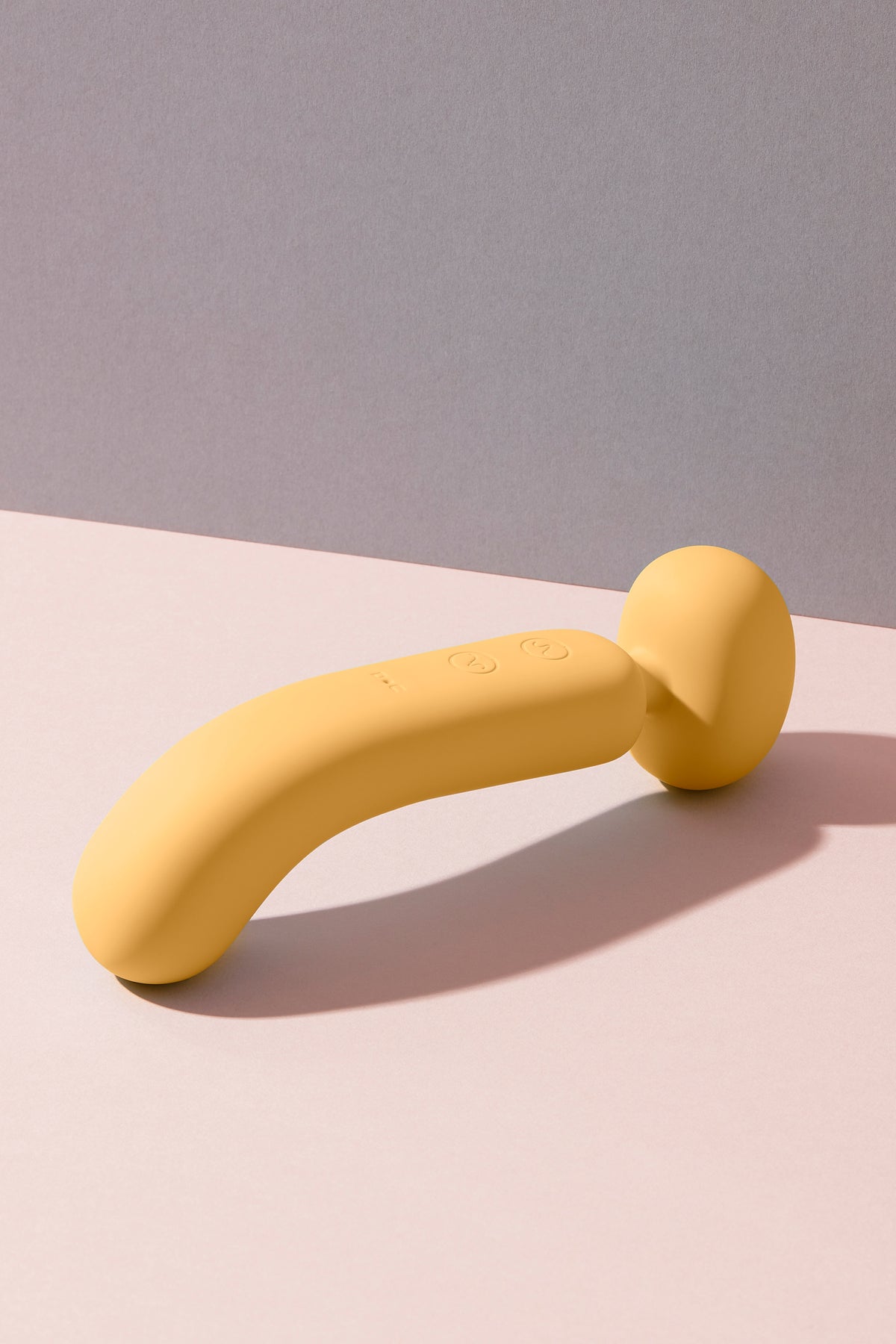Our bodies are amazing at healing incisions and tears in the skin.
After an injury or surgery, the body creates extra strong reinforced layers of connective tissue to bind and seal the area. While this is great for healing, it can result in numbness or hyper-sensitivity due to nerve damage.
Even though a scar may appear small on the skin's surface, scar tissue often extends deeper into the body. Around muscles, tendons, and between organs. These adhesions are like stiff, inflexible glue or tape. They can restrict mobility, movement and in some cases tug on soft structures like the bladder or bowel. Impacting alignment and function.
In the case of childbirth — episiotomies, vaginal tearing and abdominal incisions are followed by scar tissue formation. These are around the incision site and can go deep into the pelvis, hip, abdomen and beyond. The body is naturally trying to restore structural stability wherever possible.
What can follow are symptoms like lower back, hip, or groin pain. And in some cases urinary symptoms, constipation and pelvic organ prolapse. When tissues are stuck together, they can put pressure on nerves or other structures. This can lead to pain, discomfort, and changes in pressure.
Massage is a recommended treatment for scar tissue mobilisation. Desensitisation techniques like vibration can also help to reduce hypersensitivity and nerve regeneration in the case of numbness. However, deeper adhesions and scar tissue within the pelvis can be challenging to manage on your own. So always consult with a trained pelvic health specialist.
The good news is that gentle vibration and self massage can help! It breaks down the gluey structure of the scar tissue gradually and stimulate the nerves to encourage growth. Vibration can also increase blood flow and improve the flexibility of the scar tissue, aiding in restoring sensation.
I like Knude Society’s uniquely shaped vibrator Gwen. With its pointed tip, it means you can access scar tissue around the perineum, labia and vulva easily. As well as the surrounding areas to help restore sensation, suppleness and sensitivity. Great for restoring pelvic floor function. You can even use it on and around the scar site of abdominal incisions once you have been cleared by your GP post-op.
Begin experimenting with using Gwen away from the scar site. Through clothing check what feels okay and what feels like too much for where you’re at.
The flexible design of the Lennon is great for accessing the perineum and internal soft tissues of the vaginal canal. I use the Lennon to release trigger points around the inner (medial) edge of the sit bones and pelvic floor. This relieves recurring hip, groin and abdominal tension and restricted movement caused by adhesions following abdominal hysterectomy and grade 2 tearing during birth.
Remember to always start away from the site and go slow. Regularly check in with your body — what feels okay and what doesn’t. A little pressure goes a long way. And never apply vibration to a scar that's not fully healed on the surface of the skin.
Scar tissue recovery does not come to an end. It is ongoing over your lifetime — we can’t see what’s happening under the surface. How the glue forms internally is hugely determined by how you move or don’t move. Using vibration tools for self care, such as the Gwen and Lennon, can help you with the ongoing rehabilitation of scar tissue, improving sensation, comfort, confidence and pleasure.
This information is not intended to replace medical advice. Please consult a Women’s Health Physiotherapist for assessment and treatment recommendations if you have any concerns.
Further reading:


